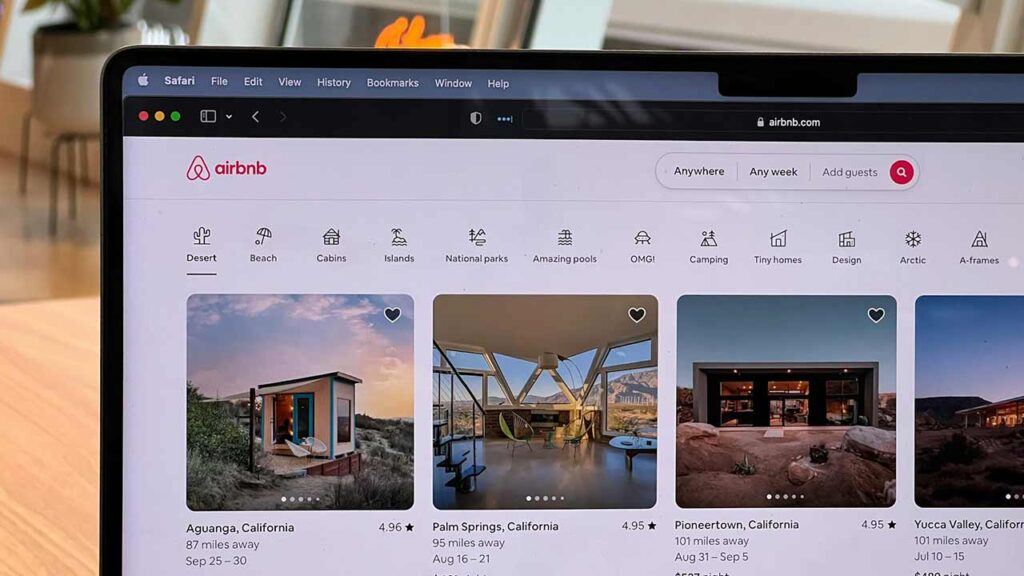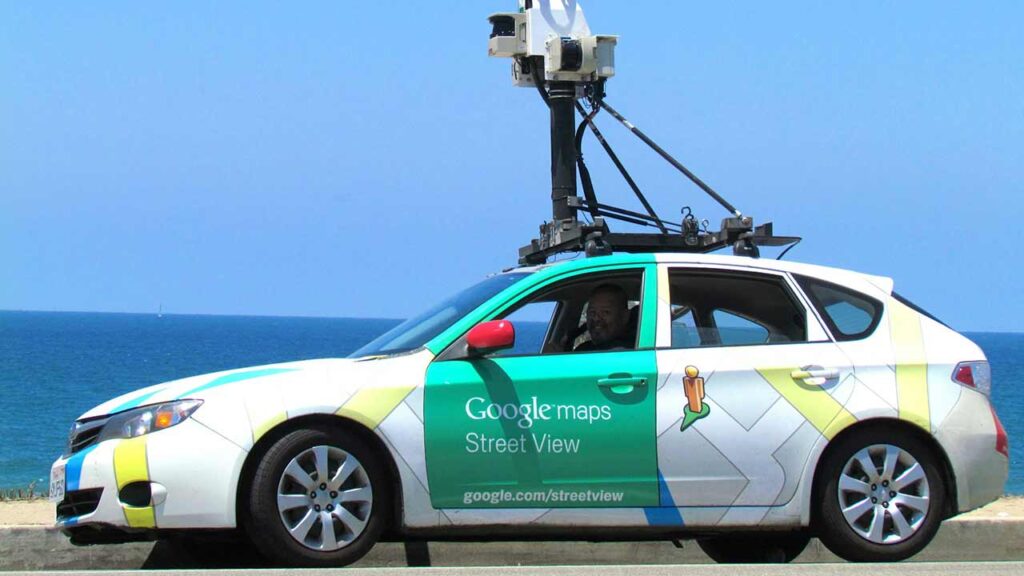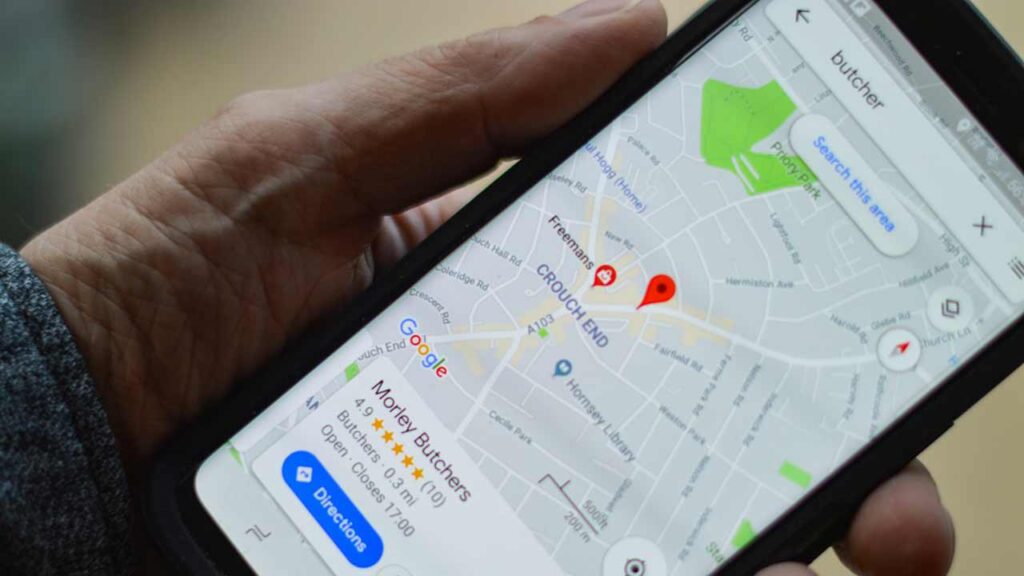He’s not a real estate agent, developer, or Airbnb guru with a massive team. He’s a solo digital nomad who travels light and scouts properties from his laptop. Using nothing more than Google Maps and a few spreadsheets, he’s quietly found rental arbitrage deals that now pull in over $100K a year—without ever owning the properties.
He Looks for Gaps in Tourist-Friendly Areas

Instead of browsing Zillow or scrolling short-term rental forums, he zooms in on busy cities using Google Maps satellite view. He looks for walkable neighborhoods near restaurants, event venues, or nature spots that are underdeveloped in terms of Airbnb listings. Then he cross-checks listings on Airbnb to see what kind of pricing and booking frequency they’re getting.
He’s not guessing—he’s reverse-engineering demand by identifying where travelers want to be, then confirming there aren’t too many short-term options in that area yet.
He Doesn’t Buy Properties—He Rents and Furnishes

Most of his income comes from rental arbitrage. That means he signs a long-term lease on a unit, furnishes it with style, and lists it on Airbnb. He keeps the spread between what he pays in rent and what guests pay per night. In the right locations, that can be thousands in profit every month.
Landlords get a steady tenant, and he gets the freedom to scale without locking up capital in real estate. If the market shifts, he just doesn’t renew the lease.
Google Street View Is His Secret Weapon

To assess neighborhood quality without visiting, he uses Google Street View to explore blocks virtually. He checks out nearby buildings, sidewalks, lighting, and even the types of cars parked outside. These little details help him gauge whether an area feels safe and appealing to guests.
He also pays attention to what’s not listed—like overlooked side streets or newer developments with no short-term rentals yet. This gives him a head start before the area gets crowded.
He Pairs Map Scouting with Airbnb Data Tools

Once he’s found a promising area on Google Maps, he cross-checks it using tools like AirDNA or Rabbu to analyze occupancy rates, average daily rates, and seasonal demand. This keeps his decisions data-backed instead of instinct-driven.
Using this approach, he avoids overpriced markets and focuses on emerging areas where competition is still low but demand is rising. That’s how he finds listings that can bring in $4K–$6K a month from properties that cost $1,200–$1,800 in rent.
He Runs Everything Remotely with Smart Systems

He doesn’t live near any of his properties. Everything—cleaning, guest communication, maintenance—is handled through local contractors and automation tools. He uses platforms like Hospitable or Guesty to streamline operations while he travels across South America, Europe, and Southeast Asia.
His setup isn’t flashy, but it works. With a laptop and an internet connection, he can scout new markets, launch new listings, and scale income without staying in one place.
The Bottom Line

What looks like luck is actually strategy. By using free tools like Google Maps in creative ways—and pairing them with reliable data—he’s built a six-figure business without buying a single property. In a world full of overcomplicated real estate advice, his approach is refreshingly lean—and it’s working.

Alexander Clark is a financial writer with a knack for breaking down complex market trends and economic shifts. As a contributor to The Daily Overview, he offers readers clear, insightful analysis on everything from market movements to personal finance strategies. With a keen eye for detail and a passion for keeping up with the fast-paced world of finance, Alexander strives to make financial news accessible and engaging for everyone.


